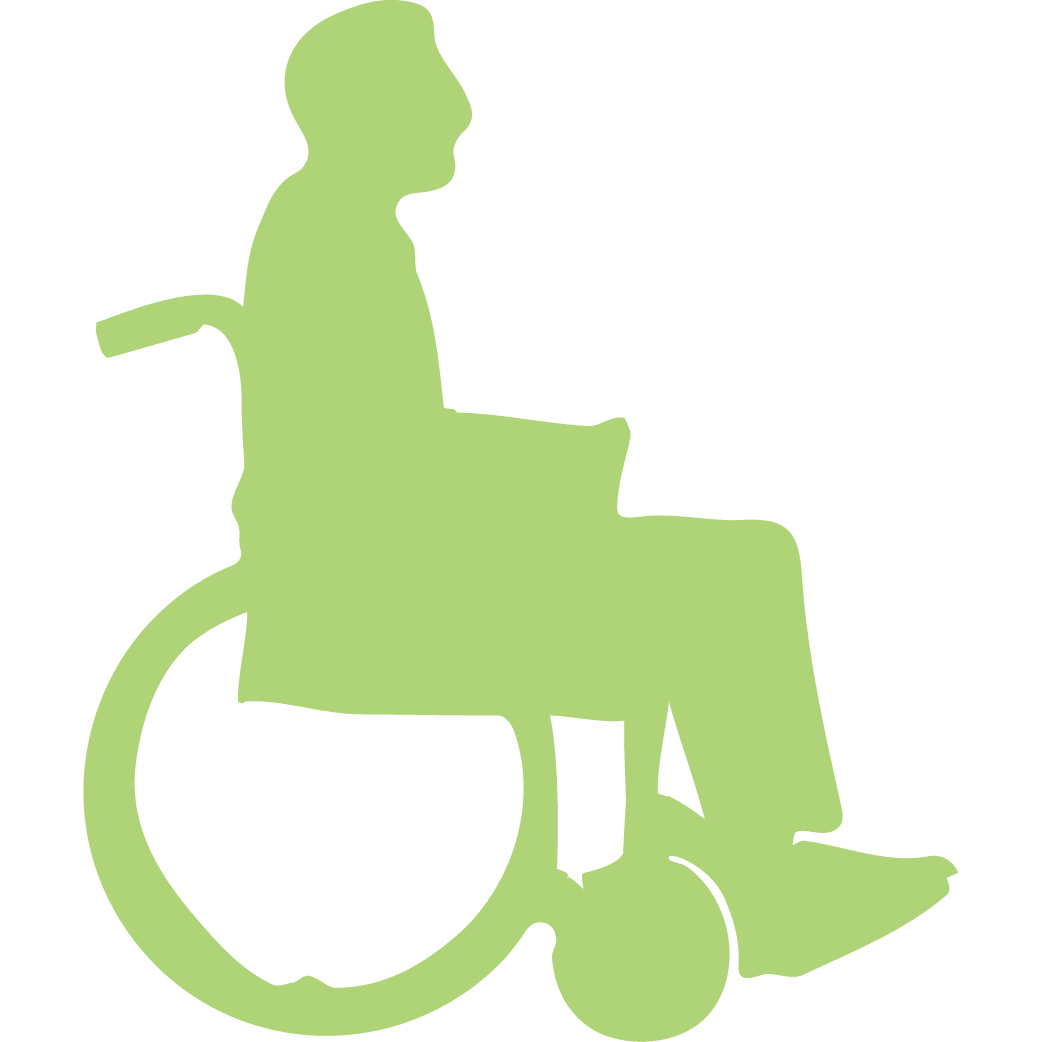Emerging Needs
While this Annual Report highlights the tangible impact Visionwest has made in the lives of whānau across Aotearoa, our work is grounded in more than just action – it is rooted in listening.
We remain deeply attuned to the shifting needs of our communities, ensuring our response today is informed by the realities of tomorrow. What we are seeing is sobering: a rise in hardship, homelessness, and food insecurity along with alarming rates of deprivation that demands urgent, collective action. Visionwest is committed to meeting these challenges head-on, alongside our partners, with compassion, innovation, and resolve.
OUR COMMITMENT
These statistics are not just numbers – they are stories of real people, real whānau, and real communities.
At Visionwest, we are not only responding to need – we are anticipating it. With the support of our partners, we are committed to building a future where every person in Aotearoa has a place to call home, food on the table, and hope for tomorrow.

Social Housing
New Zealand’s social housing is strained, making up just 3.8% of housing stock (vs. OECD average 7%).

Homelessness
The 2023 Census reported 112,496 (2.3% of population) severely housing deprived, up from 99,462 (2.1%) in 2018. Of these, 5,000 were “without shelter,” 14,000 in temporary accommodation, and approximately 94,000 in crowded or uninhabitable dwellings.

Health Needs for Older People
Deprivation among older New Zealanders negatively affects their physical and mental health. Limited access to nutritious food, heating, and healthcare worsens chronic illnesses such as diabetes, cardiovascular disease, and arthritis. Financial hardship often delays or prevents medical treatment, increasing complications and hospitalisations. Social isolation, linked to deprivation, raises rates of depression, anxiety, and cognitive decline.

Disability and Deprivation
Around 60% of people aged 65 and over in New Zealand live with some form of disability, ranging from physical impairments to cognitive conditions such as dementia. Among this group, approximately 25% report difficulties accessing essential services like healthcare or transport due to their disabilities. Furthermore, disabled older adults are twice as likely to experience material deprivation compared to those without disabilities, highlighting the urgent need for tailored support services.

Financial Security and Material Hardship
Child poverty and material hardship have increased, hitting Māori, Pacific, disabled children, and families hardest (rates above 20–25%). Despite welfare increases (2.22% for benefits, approximately 3% for pensions in 2025), many struggle.

Older People and Housing
New Zealand’s population is rapidly aging; over 65s will soon outnumber under 15s. Currently, 18% (97,300) of older people face housing vulnerability, and social isolation is a major concern.

Youth Homelessness
About half of all homeless people in NZ are under 25. Gaps continue to go unaddressed, especially for those leaving state care – 1 in 10 experience homelessness post-care, and 60% report housing deprivation within a year.

Older Person Poverty
Rising living costs disproportionately impact older New Zealanders, especially renters – 18% of over-65s face material hardship. Only 5% of rentals are suitable for those with mobility needs. Food support demand from this group is rising. Between 2000–2020, NZ had the steepest rise in income poverty among older people in the OECD. Superannuation ($522/week after tax for a single person in 2024) doesn’t cover the $550 median weekly rent for a small home in Auckland.

Unemployment and Youth Employment
In respect to challenges facing New Zealand rangatahi, as of April 2025, New Zealand had a rangatahi unemployment rate of 14.9% for 15–24-year-olds. This number is almost 4% higher than the OECD average indicating a concerning trend that needs a comprehensive ‘all of country’ approach to turn it around.

Food Support and Insecurity
Food is the first household cost to be cut in hardship. 71% of affected families limit meat or substitute with vegetables, 24% forego fresh produce. Food insecurity is highest among Pacific (40%) and Māori (35.1%) households with children. In 2023–24, homes with food shortages rose from 21.3% to 27%, and 54.8% of Pacific and 34.3% of Māori children lacked sufficient food at times. Educational outcomes suffer with students missing meals and lagging 2–4 years behind their peers.
